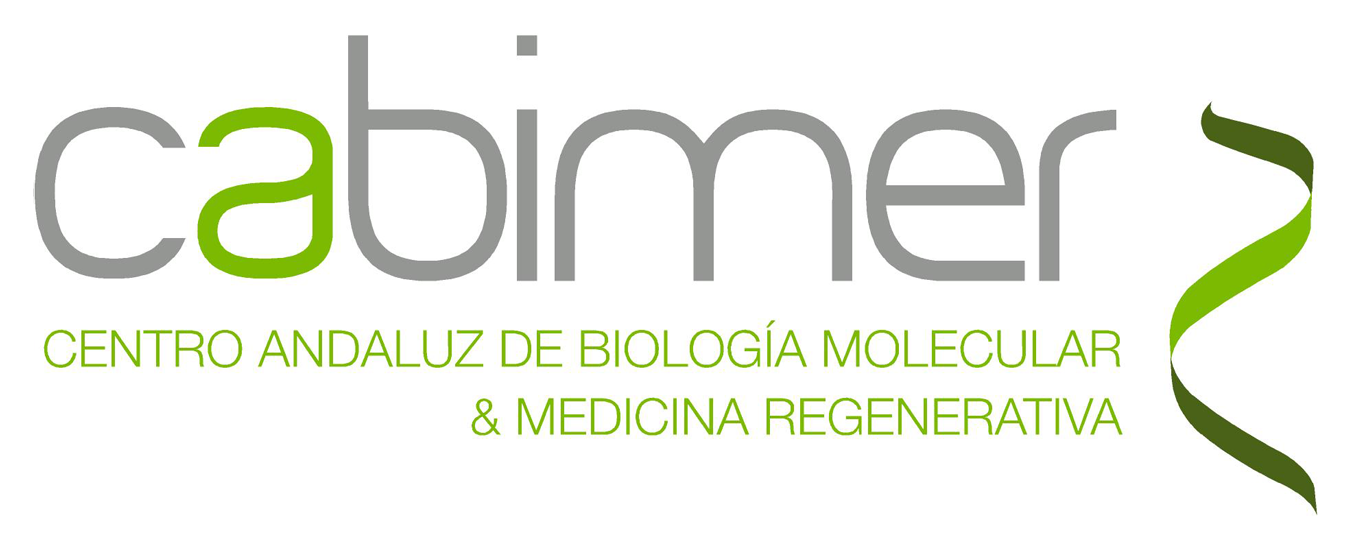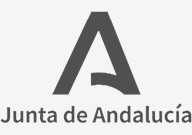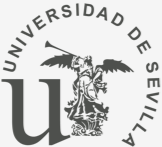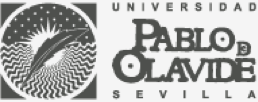Mitochondrial plasticity and replication
Short Academic Biography for Ralf Wellinger:
Ralf Wellinger is a Full Professor of Genetics at the University of Seville where he has been a faculty member since 2003. Since 2006 he is working as a Group Leader at the Andalusian Center of Molecular Biology and Regenerative Medicine (CABIMER).
Ralf completed his Ph.D. at the Eidgenoessische Technische Hochschule (ETH) in Zuerich in Switzerland and his undergraduate studies at the University of Kaiserslautern in Germany. He received various fellowships including the Ramón y Cajal, Marie-Curie and EMBO programs. He speaks various languages including German, English, Spanish and French.
His research interests lies in the area of genome stability ranging from yeast to human. He has collaborated actively with researchers in several other disciplines, including nano-medicine, and has founded two start-up companies.
My research:
KEYWORDS: DNA repair and recombination, genomic instability, metabolism, bio-metals
SUMMARY
DNA dependent processes such as transcription, replication and DNA repair have to timely and spatially cope with the same DNA template. Damage to DNA occurs frequently, and it is increased by intrinsic mechanism in many tumor cells or simply by exogenous factors. Our understanding on how DNA damage can arise, its consequences, and how it can be prevented is important for the treatment of aging and human disease. We have two areas of investigation through which we study the interconnection between metabolic regulation, transcription and replication. Together, these processes regulate and/or interfere with the function of DNA repair pathways.
Research lines:
1. Non-canonical DNA replication and genome instability
Eukaryotic DNA replication initiates from multiple sites on each chromosome called replication origins (origins). In the budding yeast Saccharomyces cerevisiae, origins are defined at discrete sites. Regular spacing and diverse firing characteristics of origins are thought to be required for replication initiation. Non-canonical replication sites have been identified on an Origin-depleted Chromosome (see Bogenschutz N.L., Rodriguez L. and T. Tsukiyama, PLOS ONE (2014) and at RNA:DNA hybrids (see publication list: Role for RNA:DNA hybrids in origin-independent replication priming in a eukaryotic system Proc Natl Acad Sci USA. 2015). A RNA:DNA duplex strand opposite an unpaired single DNA strand forms R-loops. Such R-loops also form during high transcription, often the result of transcription replication collisions.

Current projects:
Transcription initiated replication events (TIR) could be a source of endoreplication and therefore a threat to genome stability. Our lab currently maps TIR events along the genome, identifies more factors involved in TIR and studies how TIR affects cell cycle progression.
2. Biometal-metabolism and genome instability
Our initial research interest in biometals was based on our finding that mitochondrial iron-sulfur cluster biosynthesis is important for the maintenance of nuclear genome stability in Saccharomyces cerevisiae (see publication list: Zim17/Tim17 links mitochondrial iron-sulfur cluster biosynthesis to nuclear genome stability. Nucleic Acids Res 2011).


Ion homeostasis is a dynamic process and a fundamental requirement for all organisms and over the recent years, we could then that imbalanced homeostasis of other metals, such as manganese, is also linked to genome stability (see publication list: Impaired manganese metabolism causes mitotic misregulation. J Biol Chem 2012).


Current projects:
Manganese:
Manganese (Mn) is an essential biometal, however chronic and/or acute exposure to Mn leads to neurotoxicity and neurodegenerative disorders including Parkinson like disease in human. We found that intracellular Mn homeostasis and Mn detoxification are important to avoid genome instability (see publication list). As a follow up project we currently to explore how Mn is linked to activation of the metabolic master regulator TORC1. In 2020 the group was awarded an EMBO short-term fellowship to promote a collaboration with Prof. Claudio de Virgilio at the University of Fribourg (CH) to promote this research line.
Selenium:
Selenium is a so-called metalloid fist discovered to be an essential trace element in the 1950s by the German scientist Klaus Schwarz. Selenium is part of selenocysteine (Sec), a rare but essential amino-acid that is incorporated into a few human proteins mainly involved in the protection to oxidative damage. Many organisms, including baker’s yeast, do not rely on selenocysteine which makes it an ideal organism to study the adverse effect of the toxic amino acid selenomethionine, or selenium salts such as sodium selenite. Selenite has been proposed in the prevention and treatment of cancers and we currently explore how selenite mediates DNA damage and genome instability.
3. Prof. Dr. Helene Gaillard related research
Helene Gaillard is a Associate Professor at University of Seville who joined the ‘Mitochondrial plasticity and replication’ group in 2019 where she is collaborating on various projects. She also is also leading her own research line (see the following link: https://www.cabimer.es/web3/en/helene-gaillard/).
Publications
Patulin and Xestoquinol are inhibitors of DNA topoisomerase 1. E. Tumini, R.E. Wellinger, E. Herrera-Moyano, P. Navarro-Cansino, M. García-Rubio, D. Salas-Lloret, A. Losada, M.J. Muñoz-Alonso, H. Gaillard, R. Luna, A. Aguilera. PNAS (2025) 122(17), e2421167122.
doi: 10.1073/pnas.2421167122
Phytoplasma DNA enrichment from sugarcane white leaves for shotgun sequencing improvement. K. Lohmaneeratana, G. Gutiérrez, *A. Thamchaipenet and * Wellinger R.E. Plants MDPI (2024) 13(21), 3006
https://doi.org/10.3390/plants13213006
*corresponding authors
Histone variant H2A.Z is needed for efficient transcription-coupled NER and genome integrity in UV challenged yeast cells. *Gaillard H., Ciudad T., Aguilera A. and Wellinger R.E. PloS Genetics (2024)
https://doi.org/10.1371/journal.pgen.1011300
*corresponding author
Manganese Stress Tolerance Depends on Yap1 and Stress-Activated MAP Kinases. de Oya I. G., Jiménez-Gutiérrez E., Gaillard H., Molina M., Martín H. and Wellinger R.E. Int. J. Mol. Sci. (2022), 23(24), 15706; https://doi.org/10.3390/ijms232415706
Manganese is a Physiologically Relevant TORC1 Activator in Yeast and Mammals. Nicastro, R., Gaillard, H., Zarzuela, L., Péli-Gulli, MP., Fernández-García, E., Tomé, M., García-Rodríguez, N., Durán, R.V., De Virgilio, C., Wellinger, R.E. elife (2022) https://DOI: 10.7554/eLife.80497
http://canalciencia.us.es/por-que-tienen-los-humos-dede-manganeso-un-efecto-tan-perjudicial-para-la-salud/
A new challenge for data analytics: transposons Wellinger, R.E., Aguilar-Ruiz, J.S. Biodata Mining (2022) 15:9
Adaptive Response of Saccharomyces Hosts to Totiviridae L-A dsRNA Viruses Is Achieved through Intrinsically Balanced Action of Targeted Transcription Factors. Ravoityte, B.; Luksa, J.; Wellinger, R.E.; Serva, S.; Serviene, E. J. Fungi (2022) 8:381 https://DOI: 10.3390/jof8040381
The p24 complex contributes to specify arf1 for copi coat selection. Sabido-Bozo S, Perez-Linero AM, Manzano-Lopez J, Rodriguez-Gallardo S, Aguilera-Romero A, Cortes-Gomez A, Lopez S, Wellinger RE, Muñiz M. International Journal of Molecular Sciences (2021) 22:423 https://doi.org/10.3390/ijms22010423
Sumoylation of the coiled coil domain of Smc5 promotes error-free bypass at damaged replication forks. Zapatka, I. Pociño-Merino, H. Heluani-Gahete,….. , Wellinger RE., N. Colomina and J. Torres-Rosell. Cell Reports (2019) 29:3160-3172. e4M.
Surface modulation of single-walled carbon nanotubes for selective bacterial cell agglutination. Romero-Ben E, Cid JJ, Assali M, Fernández-García E, Wellinger RE and Khiar N. Int J Nanomedicine (2019) 14:3245-3263.
Mind the nick. Wellinger RE. 2019. Cell Cycle. (2018) 18:115-117 Cell Cycle
Repair of UV-induced DNA lesions in natural Saccharomyces cerevisiae telomeres is moderated by Sir2 and Sir3, and inhibited by yKu-Sir4 interaction. Guintini L, Tremblay M, Toussaint M, D’Amours A, Wellinger RE, Wellinger RJ and Conconi A. Nucleic Acids Res. (2017) 5:4577-89
A new colorimetric assay for antioxidant capacity and photostability
Fernández-García, E., Heluani-Gahete, H., Wellinger, R.E. Coloration Technology (2016) 132(3), pp. 195-200
Tuning of glyconanomaterial shape and size for selective bacterial cell agglutination Cid, J.J., Assali, M., Fernández-García, E., …Fernández, I., Khiar, N.
Journal of Materials Chemistry B (2016) 4(11), pp. 2028-2037
Role for RNA:DNA hybrids in origin-independent replication priming in a eukaryotic system. R. Stuckey, N. García-Rodríguez, A. Aguilera and Wellinger RE. Proc Natl Acad Sci USA. (2015): 112:5779-84
*article of the month SEBBM (Spanish Society for Biochemistry and Molecular Biology)
COPII coat composition is actively regulated by luminal cargo maturation. J. Manzano-Lopez, A. M. Perez-Linero, ………, Wellinger R.E. and M. Muñiz Current Biology (2015) 25(2):152-162.
Yeast as a model system to study metabolic impact of selenium compounds. E. Herrero and Wellinger RE Microbial Cell (2015) 2:139-149
Manganese redistribution by calcium-stimulated vesicle trafficking bypasses the need for P-type ATPase function. N. Garcia-Rodriguez, Manzano-López, B. M. Muñoz-Bravo. E. Fernández-García. M. Muñiz and Wellinger RE. J Biol Chem (2015) 290:9335-47.
Impaired manganese metabolism causes mitotic misregulation. N. Garcia-Rodriguez, M.C. Díaz de la Loza, B. Andreson, F. Monje-Casas, R. Rothstein and Wellinger RE. J Biol Chem (2012) 87: 18717-18729.
Zim17/Tim17 links mitochondrial iron-sulfur cluster biosynthesis to nuclear genome stability. M.C. Díaz de la Loza, M. Gaillardo, M.L. García-Rubio, A. Izquierdo, E. Herrero, A. Aguilera and Wellinger RE. Nucleic Acids Res (2011) 39: 6002-6015.
A novel approach for organelle-specific DNA damage targeting reveals different susceptibility of mitochondrial DNA to the anticancer drugs camptothecin and topotecan. M.C. Díaz de la Loza and Wellinger, RE. Nucleic Acids Res (2009) 37:e26.








